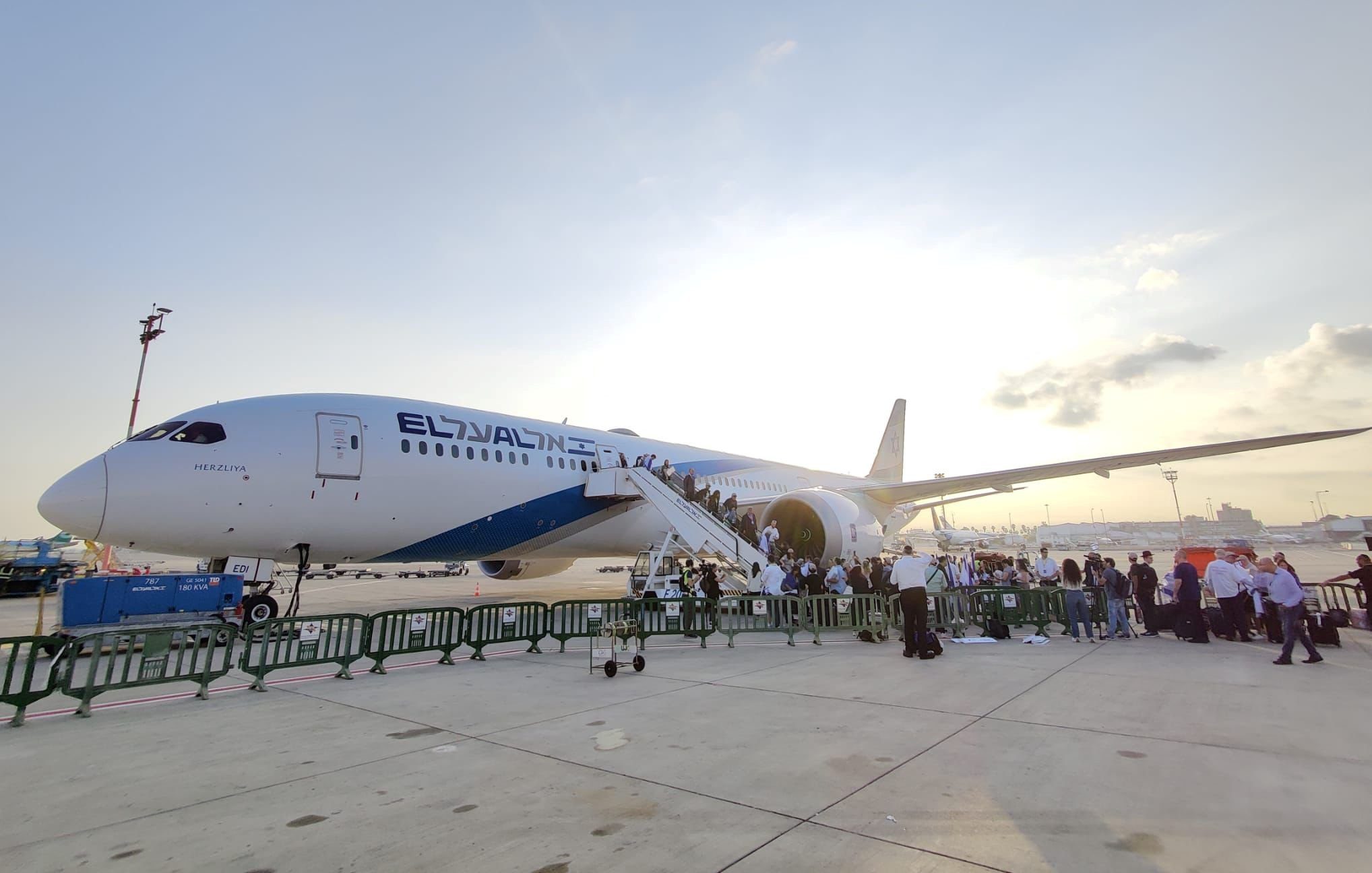
298991772 10160438769039905 226733880195228655 n
After two difficult years that were dominated by Covid restrictions and losses, El Al Israel Airlines is gradually getting back to better days. A confirmation of that is the agreement with the Ministry of Finance last Sunday that the carrier will advance the repayment of a $45 million loan by two years. With that, El Al is buying itself the flexibility to respond to the surge in air travel that it has been seeing lately. New agreement offers El Al stability to further recover.
When the pandemic hit the world in 2020, Israel imposed one of the most stringent travel restrictions by banning all international air traffic until late September that year. This severely hurt El Al, which was only able to operate some repatriation flights but was forced to park most of its fleet of 48 aircraft and lay off 1.900 staff. The government came to the rescue with a $210 million aid package, which also included a share offering to be executed before the end of 2022. El Al produced a $-531 million net loss for 2020.
As has been the case with other airlines, the aid package restricted El Al in its own decision-making. This became apparent earlier this year when air traffic to and from Israel saw a significant rebound since Passover in April. Total revenues in Q2 grew to $516 million, a 132 percent increase over 2021 and even higher than the same period of 2019. Despite higher operating and fuel costs, it resulted in a net profit for El Al of $100 million compared to $-57 million in Q2 2021. The net result is flattered by the proceeds of the sale of its Matmid frequent flyer program to an El Al subsidiary company and to Phoenix Insurance Company, which provided $117 million in cash through a loan that matures in 2027.
It was clear that El Al needed more aircraft and staff. Its net fleet is down to 45 aircraft, but despite bringing back some of them into service over the summer (including two Boeing 777-200ERs), the carrier currently only operates 37 aircraft. They include eleven Boeing 787-9s (one is still in storage), three 787-8s, two 777-200ERs (four in storage), thirteen 737-800s (three in storage), and eight 737-900ERs.
El Al now allowed to add more aircraft to its fleet
Longer term, the conditions of the state aid package would hurt further expansion plans. The new agreement signed on September 11 takes away various of these obstacles. Advancing the repayment of the $45 million loans from 2025 to December 2022 will allow El Al to make its own decisions on hiring extra staff and capacity again.
The airline has only one new airplane on backlog, its fourth 787-8, which is expected only early next year. According to media reports, the El Al Board is considering options to grow the Dreamliner fleet at the end of 2023 by wet leasing additional 787s. While all 787-8s in its fleet are owned, most -9s are leased from Air Lease Corporation (ALC), AerCap, and Aviation Capital Group (ACG). AerCap ordered five -9s at last July’s Farnborough Airshow, confirming its confidence in the recovery of the long-haul widebody market.
The revised agreement with the government will give El Al medium-term stability and the ability to further recover from the pandemic years. Most helpful here is the agreement with the pilot unions that runs until 2025 and was concluded in July after weeks of strikes and social unrest.
An important next step is the strengthening of its capital base through a share issue, which should generate $62 million. The original plan foresaw in a rights issue before the end of this year, but this has now been postponed until April next year. El Al shares have been volatile in the past year, trading between ILS 205 and 472 but stabilizing around 390-400 in recent weeks. The revised agreement upholds the restriction that El Al will not be allowed to pay dividends until 2028.
Views: 3



